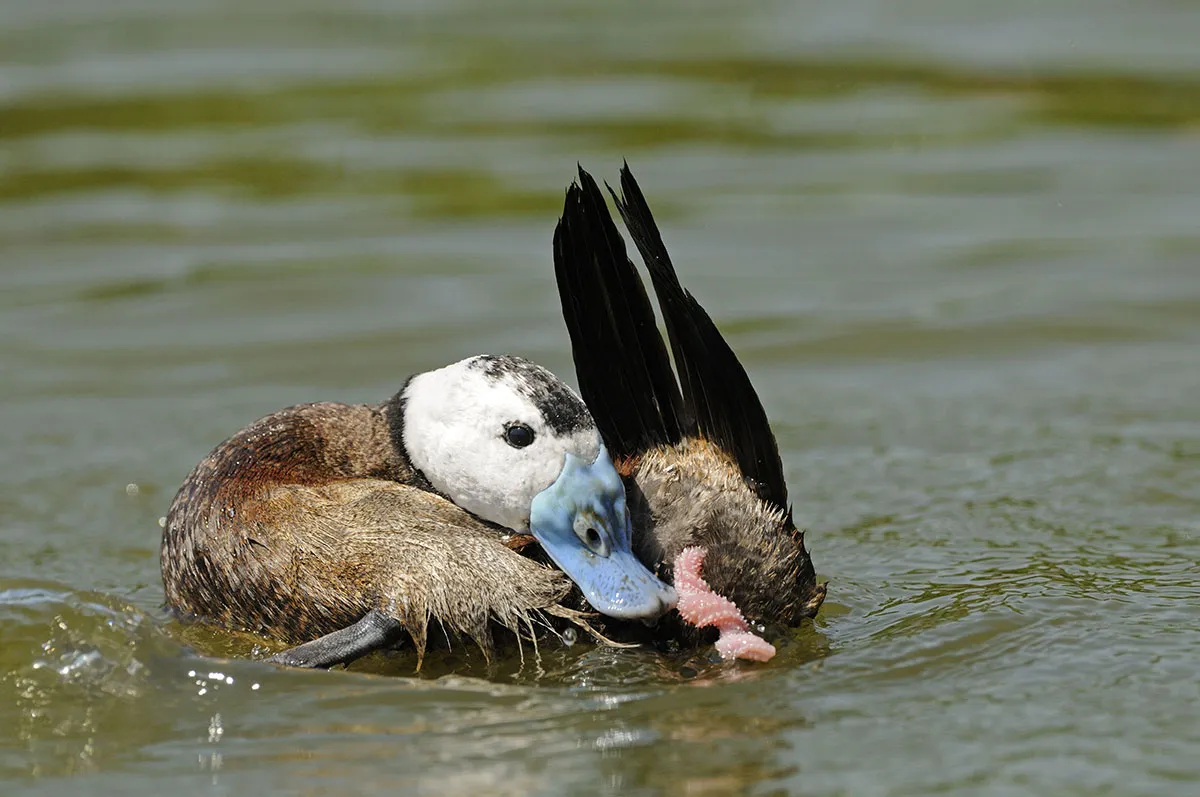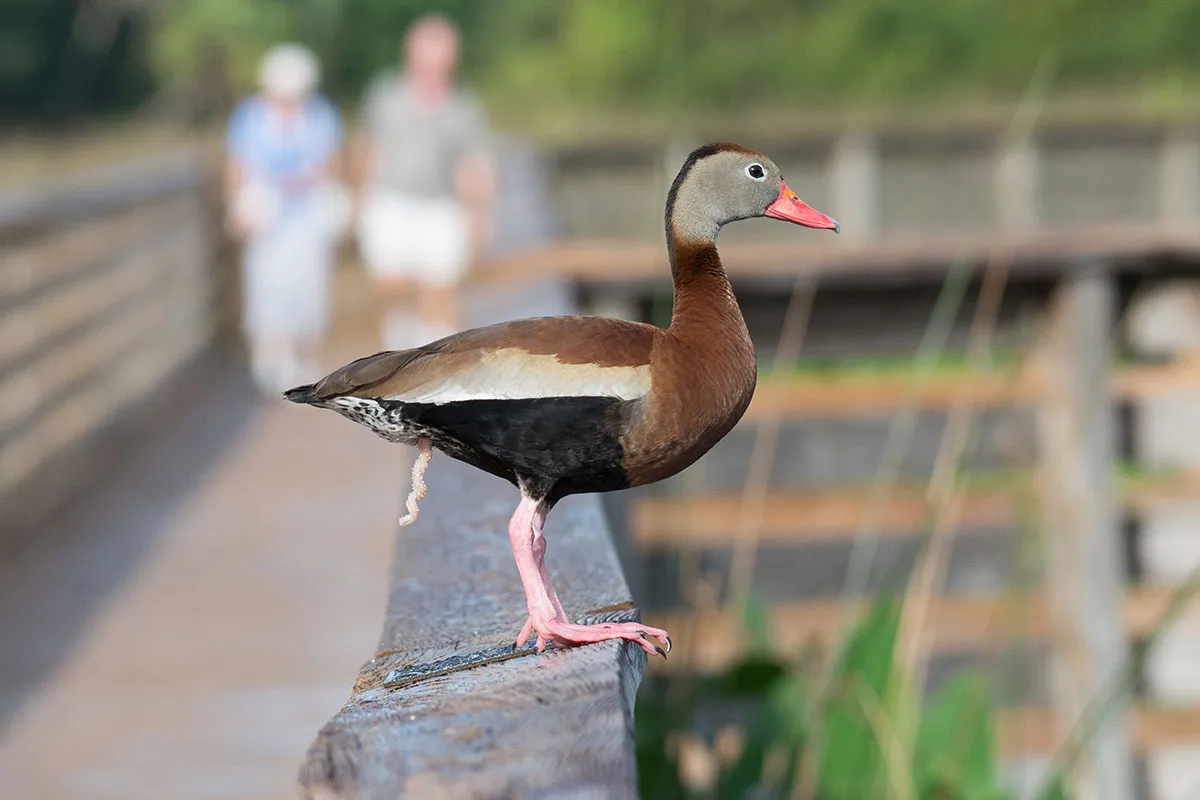Duck penises are very strange. You may have read about them online, or even seen pictures, and if so, you'll know that a drake's genitalia isn't the phallic shape you might expect, but in fact is corkscrew-shaped.
But why do ducks have such strange genitals? How do they have sex? And why did they evolve? We asked all of these questions to Dr Patricia Brennan, an evolutionary biologist at Mount Holyoke College, USA, and expert on duck penises. Read on to find out why Donald Duck should probably have chosen trousers instead of a sailor shirt.
What do duck penises look like?

"They look a bit like a tentacle," says Brennan, with a "pale colour and corkscrew shape."
In some species of duck, the penis grows in the breeding season and degenerates afterwards. The size that the penis grows to depends on the environment: research led by Brennan in 2017 found that drakes that were surrounded by other males grew much longer penises than those that lived in a pair with a female. Some even grew as long as 18cm. This species, the ruddy duck, has a total body length of only 39cm.
The lake duck, a species from South America, holds the record for the world's largest avian penis, and the longest penis in relation to body length of any vertebrate. The record holder is a specimen from Argentina, at 42.5cm long when fully unwound, compared to an average body length of 36-46cm. For comparison, the average human erect penis is between 13 and 18cm (5 to 7in).
Guinness World Records describes the lake duck's penis as having spines around the base, and a "soft and brush-like" tip.
Duck vaginas are also corkscrew-shaped, but turning in the opposite direction to the duck penis. "They are like a labyrinth," Brennan says. "The entrance has several blind pouches followed by a series of narrow spirals."
How do ducks have sex?
"Quickly!" says Brennan. "The male penis everts [becomes erect] and ejaculates in a third of a second, so a brief cloacal contact is required for insemination."(If you really want to see, here's a video.) The drake deposits his sperm into the vagina, close to the ovary.
Why did ducks' genitalia evolve like this?

Ducks' bizarre genitalia is a result of a sexual arms race. Forced mating is common among ducks, so while males' long, flexible penises increase their chances of successfully fertilising a female, the females' anticlockwise vaginas give them a level of control.
"Those complex structures prevent full eversion of the penis of unwanted males, so their sperm ends up closer to the cloacal entrance where the females can get rid of it more easily." That is, Brennan's research found that female ducks can prevent fertilisation from unwanted males.
However, if the female wants to mate with a certain male, she can relax her cloacal muscles to allow easier access.
About our expert, Dr Patricia Brennan
Dr Patricia Brennan is assistant professor of biological sciences at Mount Holyoke College, USA. She specialises in the evolution of genital morphology and the mechanisms that drive genital diversification. She has written several research papers on waterfowl genitalia.
Read more: